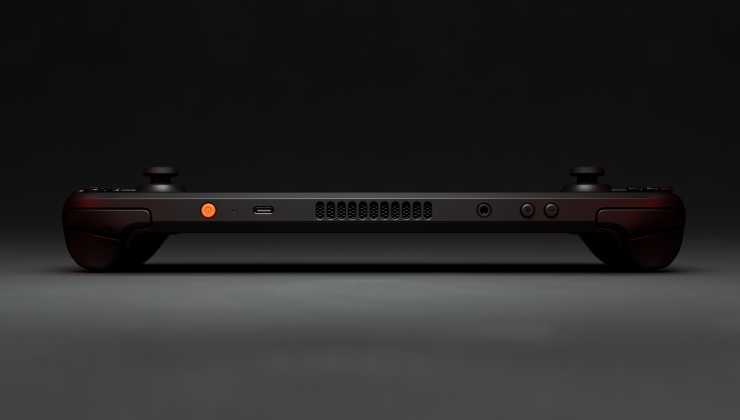The exact quote:
It is important to us, and we’ve tried to be really clear, we are not doing the yearly cadence. We’re not going to do a bump every year. There’s no reason to do that. And, honestly, from our perspective, that’s kind of not really fair to your customers to come out with something so soon that’s only incrementally better. So we really do want to wait for a generational leap in compute without sacrificing battery life before we ship the real second generation of Steam Deck. But it is something that we’re excited about and we’re working on.



Understandable.
What I will say though is that I personally wouldn’t mind regular spec bumps at all. The Deck isn’t exactly a cheap device and to get the “latest and greatest” for your “investment” at any given point of purchase would help longevity.
But as I said, in this case it makes a lot of sense (for Valve). SteamOS is still under heavy development, even more basic stuff such as the update mechanism and also power management is something they’re still working to improve.
They also use a custom APU designed in collaboration with AMD, and these designs cost a lot of money. It’s not just a rebranded 7840U like the Z1 Extreme for example. This custom design makes a lot of sense in terms of focusing on gaming performance and efficiency, and it clearly shows in (very) power limited scenarios.
Either way, I wouldn’t be surprised if we see a new Steam Deck based on Zen 5 and RDNA 4 with another custom designed APU sometime in 2025 or early 2026. Zen 2 is really starting to show its age and Zen 5 is a solid leap even over Zen 4 (not talking about desktop CPUs here, but Ryzen AI 300). RDNA 4 will likely improve quite a bit over RDNA 3(.5) (with the current Deck having RDNA 2) and include some type of hardware-accelerated machine learning upscaling with FSR4, which could make a lot of sense on the Deck as long as enough games support it.
I’d also like to see a few other improvements. The OLED display is great in many aspects, but VRR would be a great feature to have. Internally I’d like to see an easier way to swap the battery, maybe using similar tech to what Apple does with the iPhone 16’s battery. Currently, swapping the battery is one of the most complex repairs on the Deck, but it’ll also be the most common a few years down the line when all these batteries really start to show their age.
Is it really? I know there’s some glue holding the battery itself, but otherwise my understanding is that the battery is really easy to access.
iFixit rates it “Difficult” for the Steam Deck OLED and says the time required is 2-3 hours:
https://www.ifixit.com/Guide/Steam+Deck+OLED+Battery+Replacement/168676
This is a slight improvement from the original Deck’s estimated 2-4 hours:
https://www.ifixit.com/Guide/Steam+Deck+Battery+Replacement/149070
It requires removing quite a few parts but the most annoying part is getting rid of the adhesive. It doesn’t have easy-to-access pull tabs or whatever.
They can certainly improve this. Either add pull tabs to the adhesive strips, or better yet use the mechanism from the iPhone 16 where you apply voltage to the adhesive to make dissolve/no longer stick. Or even better make it a screw-in battery without any glue whatsoever. Then update the routing of several cables so they aren’t in the way of removing the battery.